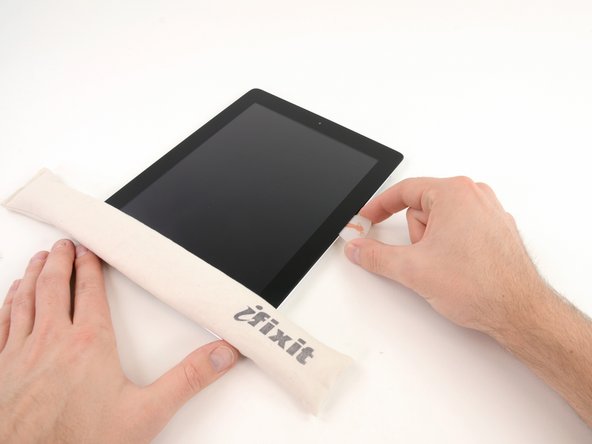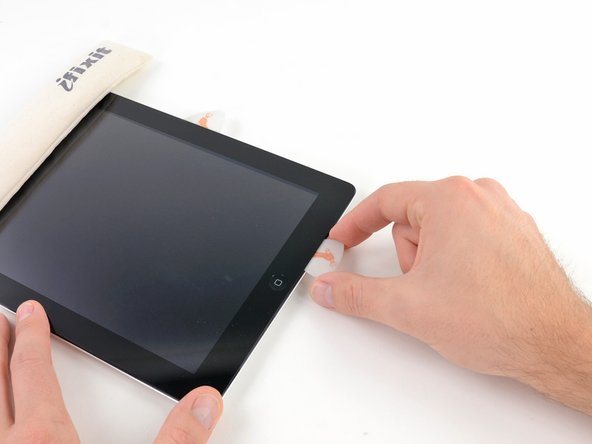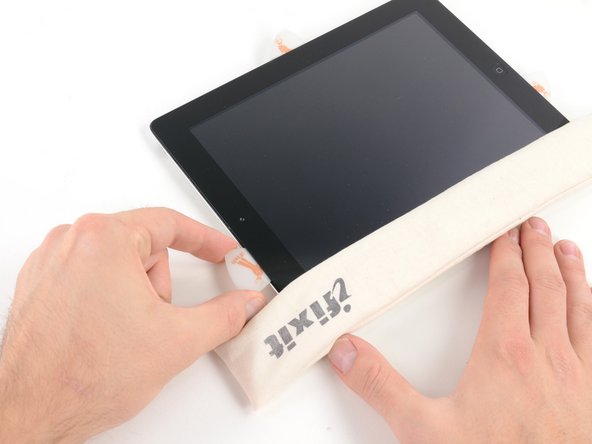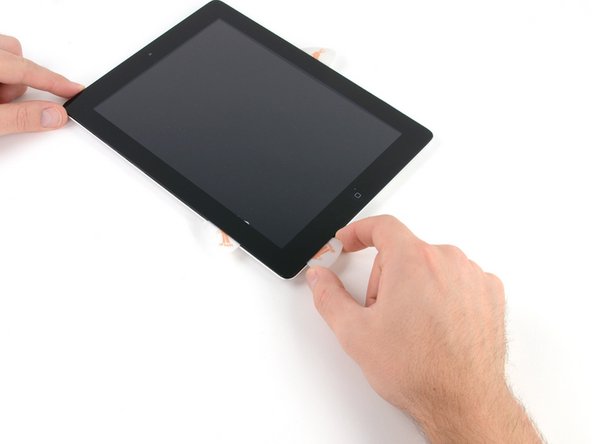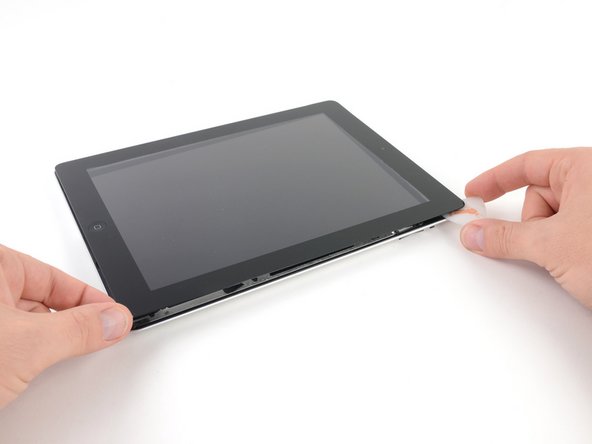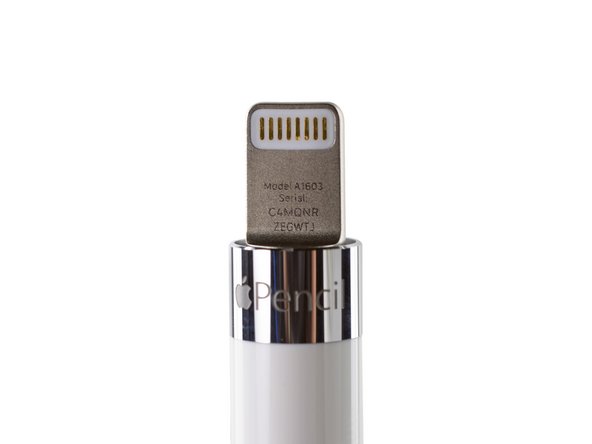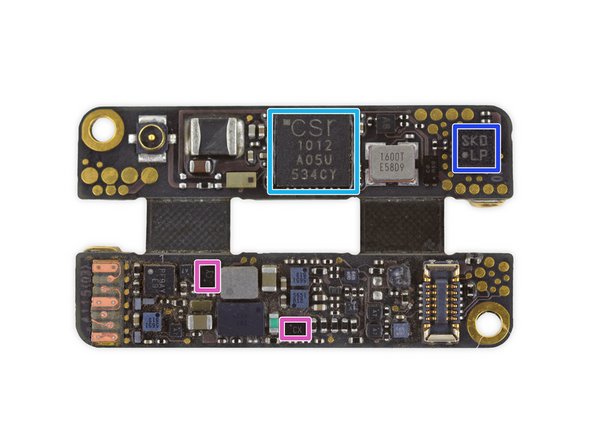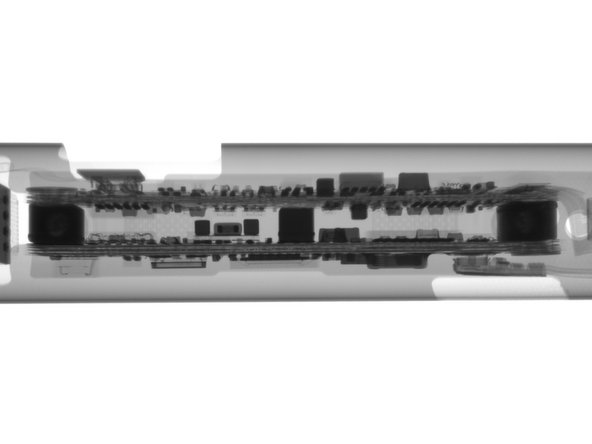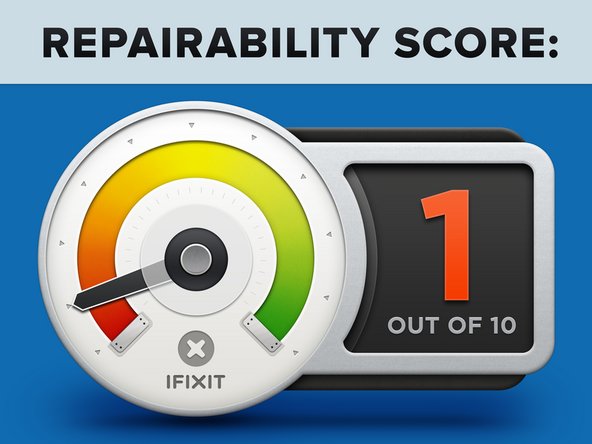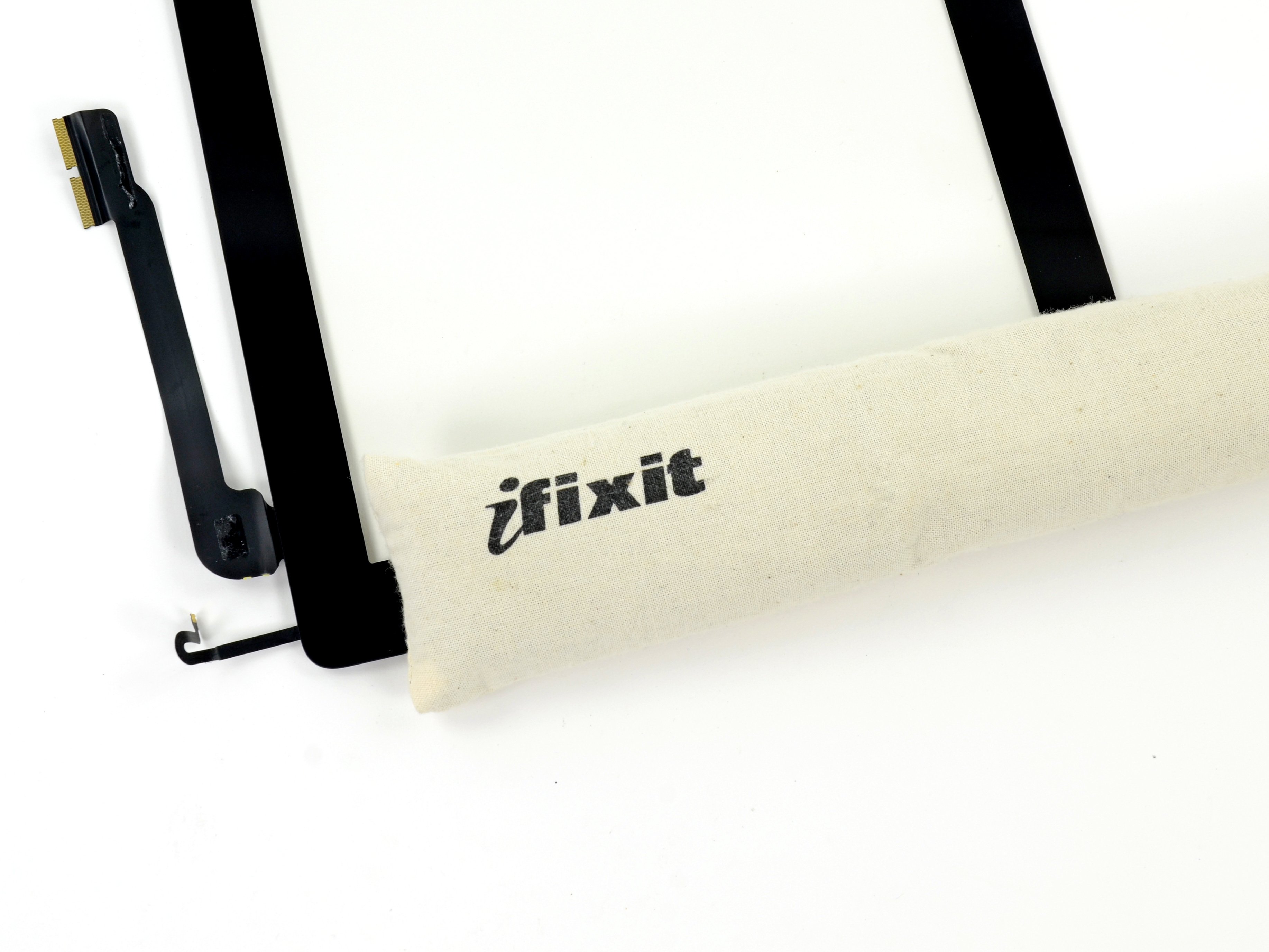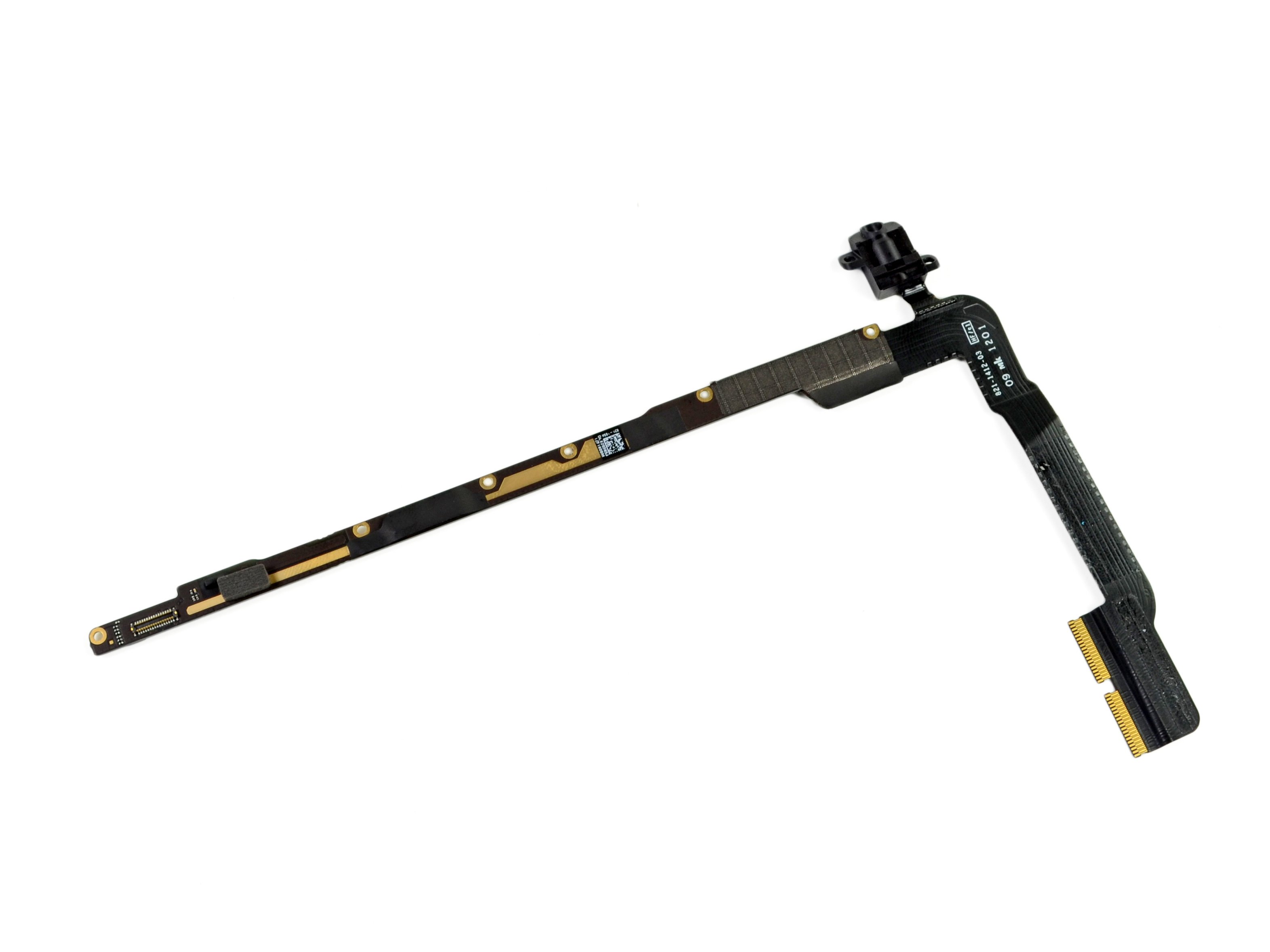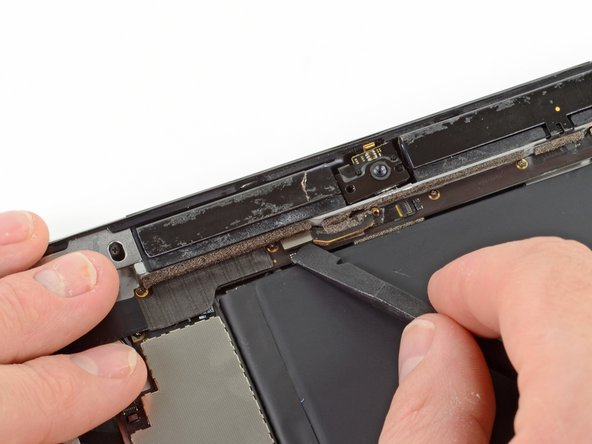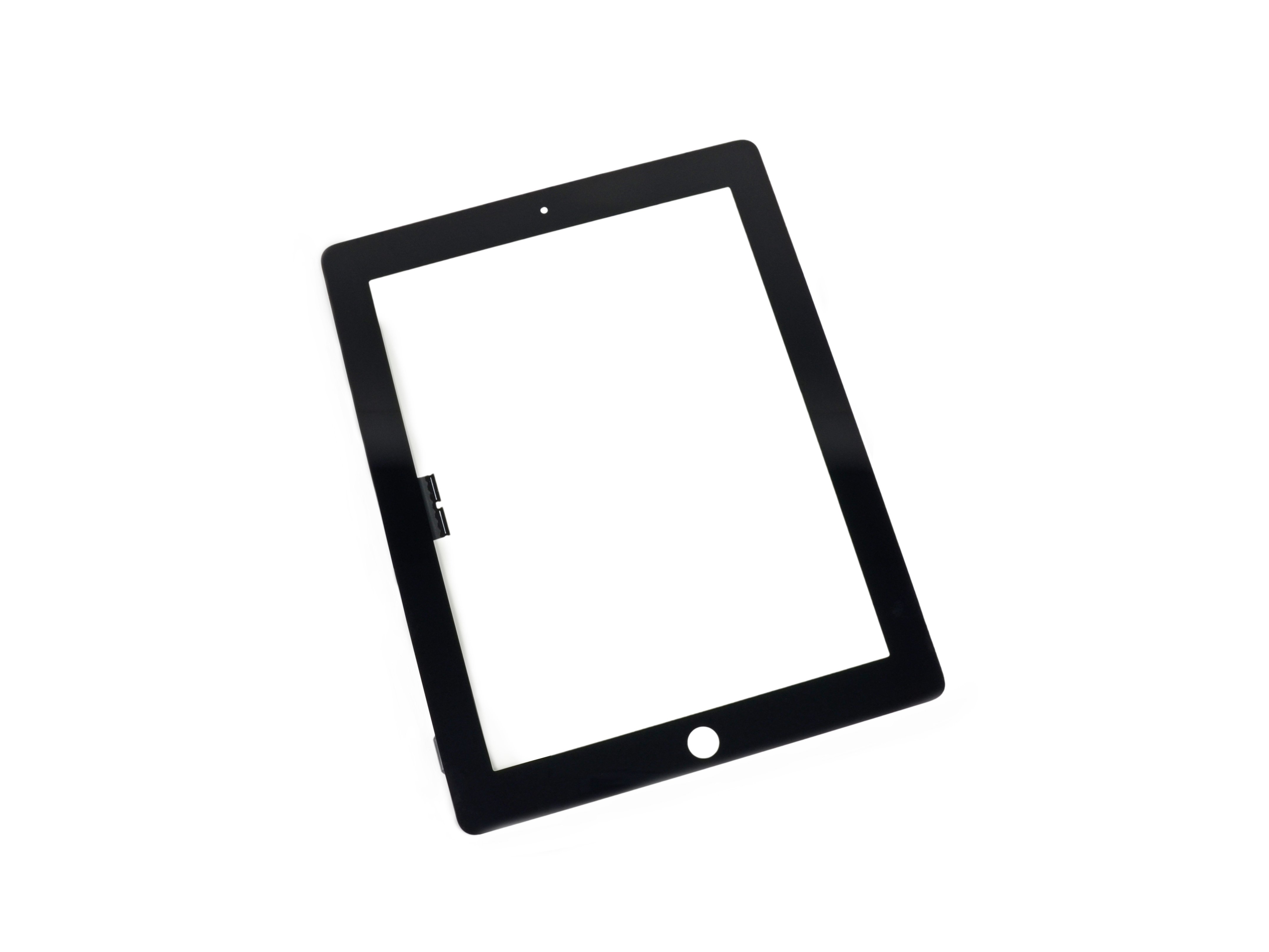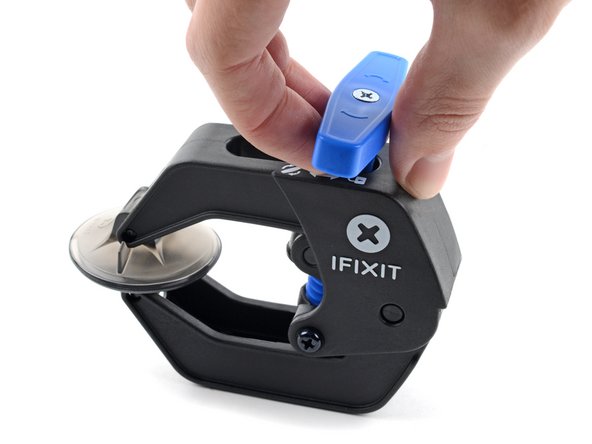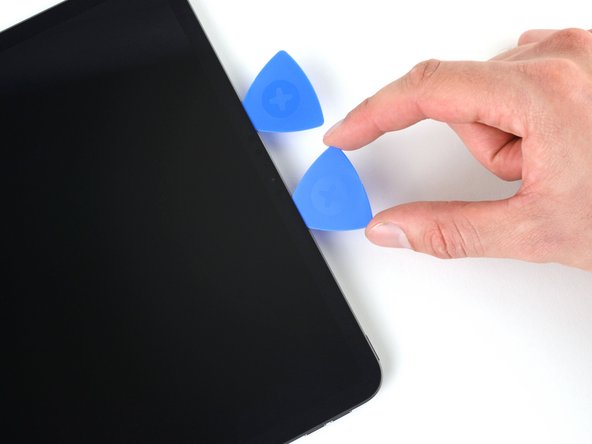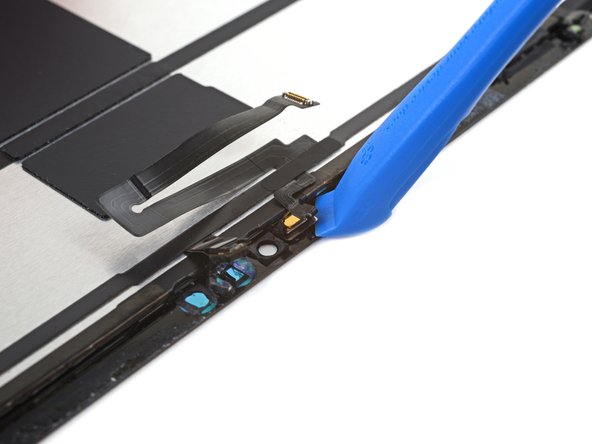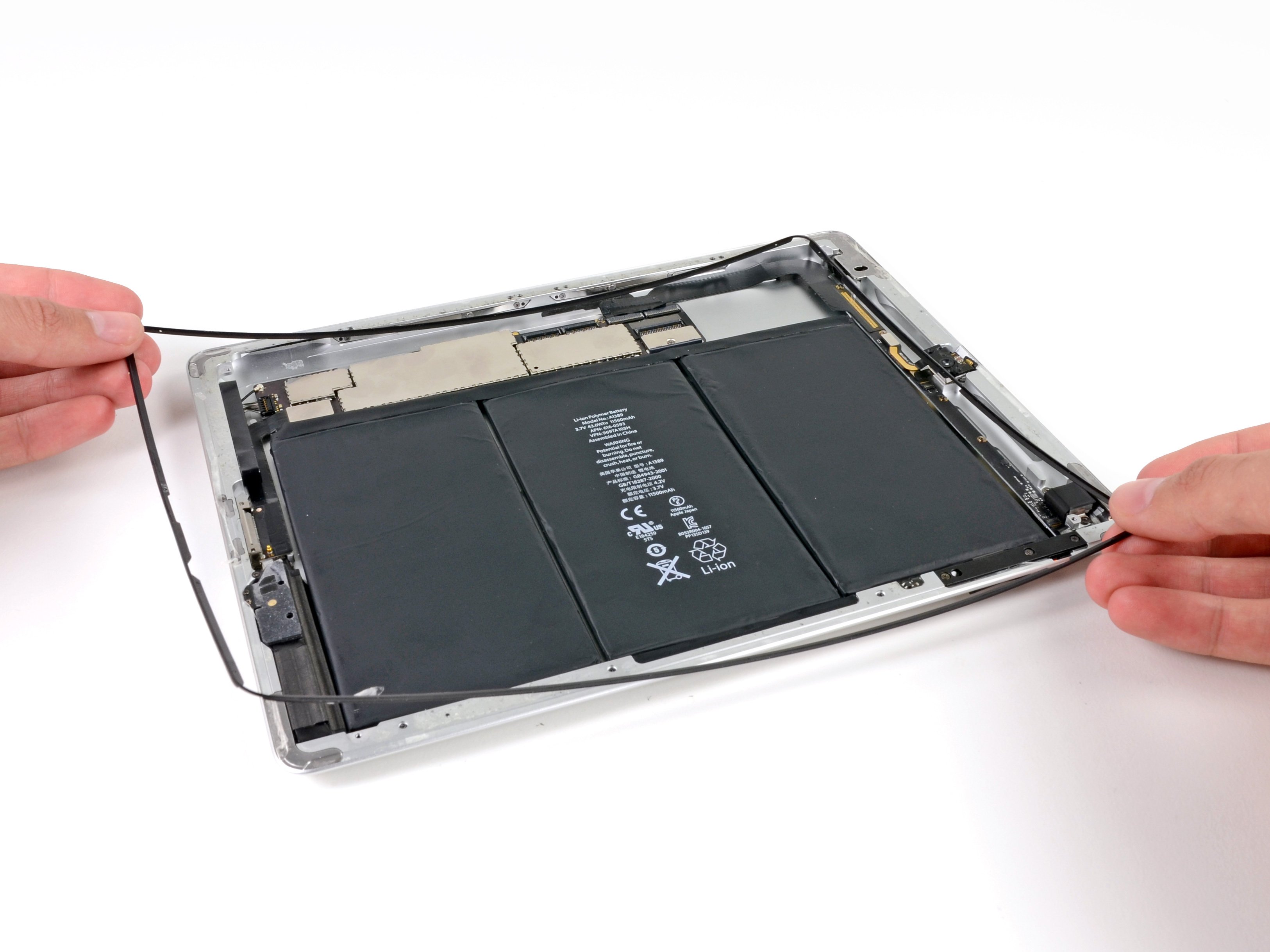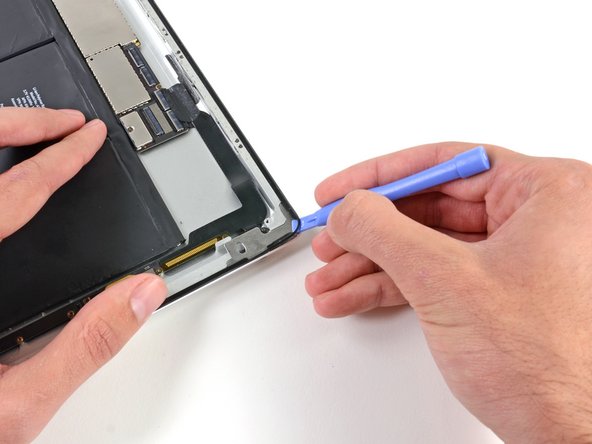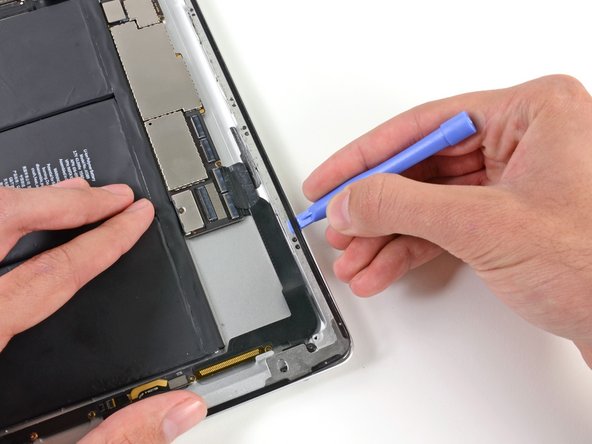Duration: 45 minutes
Steps: 50 Steps
Ready to tackle replacing your logic board? Let’s do it! Just follow these steps and you’ll be back up and running in no time. Make sure you have all the tools you need and take it step by step. If you find yourself stuck or need an extra hand, you can always schedule a repair.
Step 1
For carousel microwaves: Give that plate a spin! If your iOpener gets all cozy and stalls, it might just overheat and start a little flame. Keep it moving and happy!
Before you dive in, give your microwave a quick cleanup. Any leftover gunk on the bottom could end up sticking to the iOpener, and that’s a mess we want to avoid!
– Pop the iOpener right in the middle of the microwave and give it a quick warm-up.
Tools Used
Step 2
Keep an eye on your iOpener and don’t let it get too toasty—overheating can make it pop like a balloon! Never heat it above 100˚C (212˚F).
If your iOpener looks puffed up or swollen, hands off—don’t touch it!
If the middle is still too hot to handle, keep using it gently while it cools down a bit before reheating. When warmed right, it should stay nice and warm for about 10 minutes.
Depending on how powerful your microwave is, you might need to adjust the time a bit. The iOpener is ready to go when it’s just about too hot to handle comfortably.
– Give that iOpener a warm hug in the microwave for thirty seconds.
– As you dive into the repair, keep that iOpener cozy by giving it another thirty seconds in the microwave whenever it starts to cool down.
Tools Used
Step 3
Caution! The iOpener is going to be sizzling hot, so handle it with care. Don’t forget to rock those oven mitts if you need to!
– Grab the iOpener by one of its flat ends and take it out of the microwave—careful not to touch the hot center!
Tools Used
Step 4
Heads up! The iOpener gets super toasty, so make sure to grab it only by the end tabs to keep your fingers safe.
No microwave? No problem! Heat your iOpener by dunking it in some boiling water instead.
– Grab a pot or pan and fill it up with enough water to take a little dip with your iOpener.
– Heat that water until it starts bubbling like it’s ready to party! Then turn off the heat.
– Carefully drop the iOpener into the warm water for about 2-3 minutes. Make sure it’s snuggled in there completely!
– Using tongs (safety first!), fish out the warm iOpener from its watery bath.
– Give the iOpener a good towel dry to prep it for action.
– All set! Your iOpener is good to go! If it needs a little reheating, just repeat the water boiling dance for another 2-3 minutes.
Tools Used
Step 5
– Grab a SIM eject tool or just straighten out a paperclip and gently pop that SIM tray out like a pro.
Step 6
– Gently slide the SIM tray out of its cozy little home and give it a warm send-off as it leaves the iPad.
– If you’re switching out the SIM card, just pop that old one out of its tray and slide the shiny new one right in!
Step 7
Put on those safety glasses to keep your peepers safe, and remember to treat that LCD screen with a little extra love to avoid any damage!
This keeps those sneaky glass shards from going rogue and helps hold everything together while you carefully pry and lift the display.
– If your display glass is cracked, keep those shards in check and protect yourself by taping over the glass before you start.
– Cover the entire iPad screen with overlapping strips of clear packing tape until it’s fully sealed.
– Follow the rest of the guide as best you can. Just a heads-up: once the glass is cracked, it might keep breaking as you work, so you may need to carefully use a metal prying tool to lift out the glass pieces.
Step 8
Just a quick heads up: you’ll be dealing with some sharp glass during this process, so it’s a great idea to rock a pair of safety glasses to keep those flying pieces at bay. Stay safe and stylish!
– Time to get cozy! Place the iOpener flat against the right edge of the iPad, making sure it snuggles nicely with the surface for optimal warmth.
– Now, let the iOpener chill on your iPad for about 90 seconds. This will get things nice and toasty before we dive into opening up that front panel.
Tools Used
Step 9
Getting that wedged tip of your trusty opening tool in between the glass and plastic might take a bit of elbow grease. Just remember to take your time and be gentle. Wiggle that plastic opening tool back and forth as needed, and you’ll be in in no time!
– Check out the tiny gap in the iPad’s adhesive ring located in the upper right corner, about 2.0 inches (~5 cm) down from the top. This little opening is your secret entry point.
– Line up your tool with the mute button. Gently slide the tip of a plastic opening tool into the narrow space between the front glass and the plastic bezel. Just a quick nudge with the tip to start widening the crack—easy does it!
Step 10
– Make sure to position the tool just right—sneak it in between the plastic display bezel and the glass front panel.
Step 11
– Hold the tip of the plastic opening tool snugly between the front glass and the plastic bezel, then slide a plastic opening pick right next to it in the gap. Easy does it!
Step 12
– Gently pull out the plastic opening tool from the iPad, then slide the opening pick a bit deeper under the front glass—about half an inch in—to keep things moving smoothly.
Step 13
– As you tackle the adhesive on the right side of the iPad, give that iOpener another heat-up and place it back on the bottom edge of the iPad. You’re doing great!
Tools Used
Step 14
This adhesive is tough stuff—expect to put in some serious muscle. Take your time and handle it with care!
If you can catch a glimpse of the opening pick peeking underneath the front glass, gently pull it out a tad. Don’t worry, delving in this deep won’t hurt a thing, but just a heads up: it might leave some sticky adhesive traces on the LCD. Keep it cool and carry on!
– While the iOpener warms up the bottom edge, start working on loosening the adhesive along the right edge of your iPad.
– Carefully slide the opening pick down the edge of the iPad, letting it gently separate the adhesive as you move along.
Tools Used
Step 15
You might want to slide that cozy, warmed-up iOpener back onto the right edge of the iPad while you peel away the adhesive. The timing here depends on how long the iPad has been cooling off while you were busy working your magic.
– If the opening pick gets a bit cozy with the adhesive, just give it a gentle roll along the side of the iPad to keep that sticky stuff at bay.
Tools Used
Step 16
– Before you dive in and remove that first opening pick from the bottom corner of your iPad, pop a second pick under the right edge of the front glass. This little buddy will help keep the adhesive from sticking again!
– Give your iOpener a quick reheat, then slide it up to the top edge of the iPad. Let’s keep the heat going!
Tools Used
Step 17
The Wi-Fi antenna is secured to the bottom right corner of the iPad’s rear case with screws and a cable. It’s important to handle this carefully—if you’re not gentle, you could cause permanent damage to the antenna. Stay cool and take your time!
– Alright, get ready for a careful approach here. These next steps need some precision, so stay sharp!
– You’re going to need to gently release the adhesive that holds the antenna to the front panel. The trick is to do this without damaging the sensitive parts that attach the antenna to the bottom of the iPad. Take your time with these steps—patience is key!
Step 18
Keep the pick from sliding past the bottom right corner — going further could mess up the Wi-Fi antenna, and nobody wants that!
– Gently glide the opening pick around the bottom right corner of your iPad, freeing up that sticky adhesive like a pro.
Step 19
As you glide that opening pick along the bottom right edge of the front panel, keep an eye out! The Wi-Fi antenna is sneaky and lurks close to the corner, ready to cause a ruckus if the adhesive decides to misbehave. Stay sharp and take your time!
Don’t yank the pick all the way out from under the front glass—just slide it out a bit so about 1/8″ (3 mm) of the tip stays tucked under the glass. Keep it chill!
– Gently slide the opening pick along the bottom edge of the iPad to free up the adhesive near the Wi-Fi antenna. You’ve got this!
Step 20
– After you’ve passed the Wi-Fi antenna area (about 3″ or 75 mm from the right edge, right next to the home button), slide your opening pick all the way in.
– Gently push the pick to the right to free up the adhesive holding the Wi-Fi antenna to the front glass.
– Keep in mind, the antenna is fastened to the bottom of the iPad with screws and a cable. This step carefully detaches it from the front panel so it stays safe when you lift the panel off.
Step 21
Keep the iOpener heating sessions to under a minute, and give it a chill-out break of at least two minutes before firing it up again.
If the adhesive along the bottom edge has cooled down too much, just give your iOpener another quick warm-up to soften things back up where you’re working.
– Keep gently peeling away the adhesive at the bottom of the iPad. Make sure to pull the opening pick out far enough to navigate around the home button. Once you’re past the home button, reinsert the pick to about 1/2 inch (10 mm) deep. You’ve got this!
Tools Used
Step 22
For iPad 4 models, be careful when inserting the pick—only go about 1/2 inch (10 mm) deep in this area. Going too far could mess with the home button ribbon cable, and nobody wants that!
– Keep peeling that adhesive all along the bottom edge of your iPad like a pro.
– Leave the opening pick tucked under the front glass right by the home button to keep things steady.
Step 23
– Pop the iOpener back in the microwave to warm it up, then place it on the left edge of the iPad to gently heat up the adhesive in that spot.
Tools Used
Step 24
If your adhesive has decided to take a little nap, just swap out the iOpener along the top edge and keep going. If the iOpener itself is feeling a bit too chill, give it a quick reheating session.
– Gently slide the opening pick along the top edge of your iPad. Give it a little pull to navigate around the front-facing camera bracket.
– This area has some pretty strong adhesive, so you might need to put in a bit of elbow grease. Just take your time and stay focused, making sure not to slip and cause any harm to yourself or your trusty iPad.
– If your opening pick feels like it’s stuck in the sticky stuff, try giving it a little ‘roll’ as demonstrated in step 9.
Tools Used
Step 25
If the adhesive is feeling nice and toasty, go ahead and take that iOpener off the iPad for some easy maneuvering. But if it’s still hanging on tight, just give the iOpener another little warm-up and set it on the left edge while you tackle the task at hand.
– Keep peeling back the adhesive along the top edge of the iPad, and carefully slide your opening pick around the top left corner. You’re doing great!
Tools Used
Step 26
The digitizer cable sits about 2″ (50 mm) up from the bottom of your iPad. When you’re sliding the pick, pause once you reach roughly 2.25″ (60 mm) from the bottom—no need to push further!
– Carefully slide the opening pick along the left edge of the iPad, gently loosening the adhesive as you move. The adhesive is pretty thin here because of the digitizer running the full length on this side. Keep the pick shallow—no more than about 10 mm (half an inch)—to avoid any accidental damage to the digitizer.
Step 27
The digitizer cable is pretty close to the bottom of your iPad—just about an inch (25 mm) away. Take it slow and steady here, and watch out not to accidentally cut that cable. You got this!
– Slide the opening pick gently along the bottom left corner where it’s tucked under the iPad’s edge to loosen the adhesive there.
Step 28
Sometimes the adhesive around the edge of the iPad likes to play sticky and reattach itself. If that happens, gently slide a pick under the edge where the glass is still holding tight and carefully ‘cut’ through the adhesive to free it up.
– Grab one of those trusty opening picks and gently pry up the bottom right corner of your iPad, then snag it with your fingers like a pro.
Step 29
Watch out for any sticky adhesive still hanging on, and use an opening pick to carefully slice through any glue keeping the front panel stuck down.
– Grab the iPad by the top and bottom right corners and gently swivel the front glass away from the device.
– When putting everything back together, give the LCD a good once-over with a microfiber cloth and some compressed air to zap away any dust or fingerprints before snapping the glass back on.
Step 30
That bottom left screw is playing hide and seek behind the home button ribbon cable connector. Gently nudge the ribbon cable out of the way so you can grab that sneaky screw.
– Unscrew those four tiny 2 mm Phillips #00 screws that are keeping the LCD snug against the aluminum frame. You’ve got this!
Step 31
Handle that LCD with care! The ribbon cable is a bit delicate and could snap if you bend it too much. Just take it easy and you’ll be golden!
– Grab your trusty plastic opening tool or a spudger, and gently lift the right edge of the LCD away from the iPad. You’re doing great!
– Now, rotate that LCD along its left edge and carefully lay it down on top of the front glass panel. You’re almost there!
Tools Used
Step 32
– Carefully lift the tape covering the LCD ribbon cable connector using the pointed end of your trusty spudger.
Tools Used
Step 33
– Lift the retaining flap on the LCD ribbon cable ZIF connector with a gentle flick.
– With a little finesse from your fingers or some handy tweezers, carefully pull the LCD ribbon cable out of its cozy socket on the logic board.
– If your iPad’s LCD screen is feeling a bit shy and doesn’t light up after reconnecting the ZIF connector, don’t panic! Just hold down the power button and the home button for about ten seconds until you see that charming Apple logo pop up. You’re almost there!
Tools Used
Step 34
– Carefully lift the LCD away from the front panel without making contact with the screen. You’ve got this!
Step 35
If there’s a piece of electrical tape sitting on top of the Wi-Fi antenna, speaker cable, and home button ribbon cable, go ahead and peel it off like a pro!
Step 36
– Gently lift the retaining flap on the home button ribbon cable ZIF connector.
Step 37
– Grab those trusty tweezers and gently tug the home button ribbon cable straight out from its cozy spot on the logic board. You’ve got this!
Tools Used
Step 38
– Carefully wiggle the home button ribbon cable out of its cozy spot in the rear case. You’ve got this!
Step 39
– Gently slide the tip of your trusty spudger under the tape that’s holding down the digitizer ribbon cable to the logic board, and peel it back like a pro.
Tools Used
Step 40
– Gently lift the little flap on each of the digitizer ribbon cable ZIF connectors to unlock them.
Step 41
– Gently slide the flat end of your spudger under the digitizer ribbon cable to carefully break up the adhesive holding it down.
– Pull the digitizer ribbon cable straight out from its connectors on the logic board with a steady hand.
Tools Used
Step 42
– Gently lift the digitizer ribbon cable and grab your trusty spudger. Use the flat end to carefully break free the adhesive that’s holding the cable snug against the rear aluminum case. Easy peasy!
Tools Used
Step 43
– With a gentle tug from your fingers, coax the digitizer ribbon cable out of its snug little home in the aluminum frame.
– Carefully lift off the front panel from the iPad, revealing the treasures inside.
Step 44
– Gently peel back the electrical tape that’s holding down the headphone jack assembly cable connector. It’s like unwrapping a little surprise!
– Now, grab your trusty spudger and use its tip to flip up the retaining flap on both ZIF connectors. This will free the headphone jack cable from the logic board. You’re doing great!
Tools Used
Step 45
– Gently slide the flat end of a spudger under the headphone jack assembly cable to break the adhesive bond holding it to the rear aluminum frame.
– Carefully pull the headphone jack assembly cable straight out from its socket on the logic board.
Tools Used
Step 46
– Gently peel back and remove the tape that’s covering the SIM board cable ZIF connector.
– Flip up the little retaining flap on the SIM board cable ZIF connector to unlock it.
– Carefully use the tip of a spudger to pull the SIM board cable straight out from its socket on the logic board.
Tools Used
Step 47
Be sure to pry under the connector itself—not the socket! Prying on the socket can lead to some serious damage, and we’re here to keep things safe and sound.
Heads up! You might find a little strip of black tape hiding over this connector. Gently peel it off using tweezers to keep things neat.
– Alright, let’s get this party started! First up, gently disconnect these connectors from their cozy little homes on the logic board:
– Wi-Fi antenna cable
– Speaker connector cable.
– Dock/Lightning connector cable.
Tools Used
Step 48
One of these screws, located at the top of the logic board, is cleverly hidden under the headphone jack assembly cable. Remember to gently keep that cable out of the way as you tackle the removing and replacing of this screw. You’ve got this!
– Let’s get to work! First up, we need to take out the seven screws holding the logic board snugly against the rear aluminum panel. You’ve got this!
– Six of those screws are 2.1mm Phillips #00, and one is a 2.5mm Phillips #00. Gather your tools and let’s make this happen!
Step 49
– Grab the logic board by the edge closest to the dock connector, then gently slide it down toward the bottom of the iPad. Easy does it!
Step 50
– To put your device back together, just follow these steps in reverse order and use our iPad 4 CDMA Front Panel Adhesive strips guide to stick the front panel back on. If you hit any snags, remember you can always schedule a repair for a helping hand.
Tools Used
Success!




























